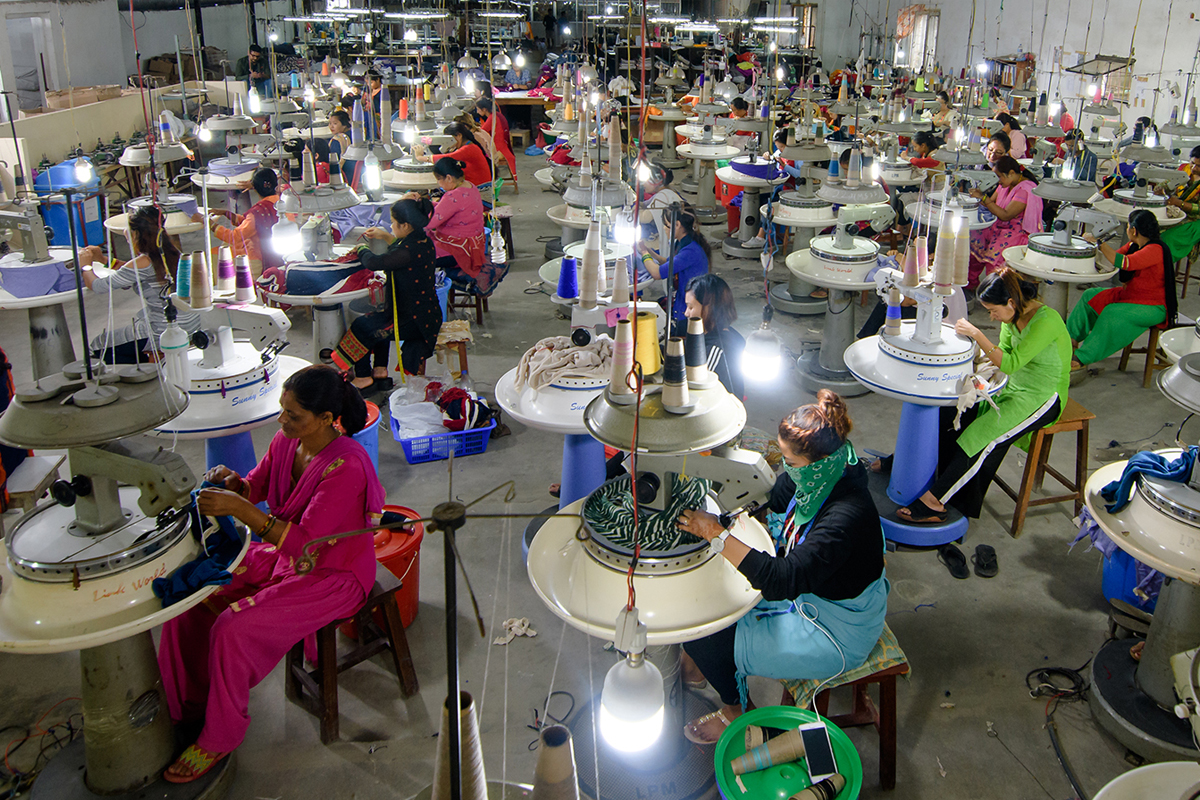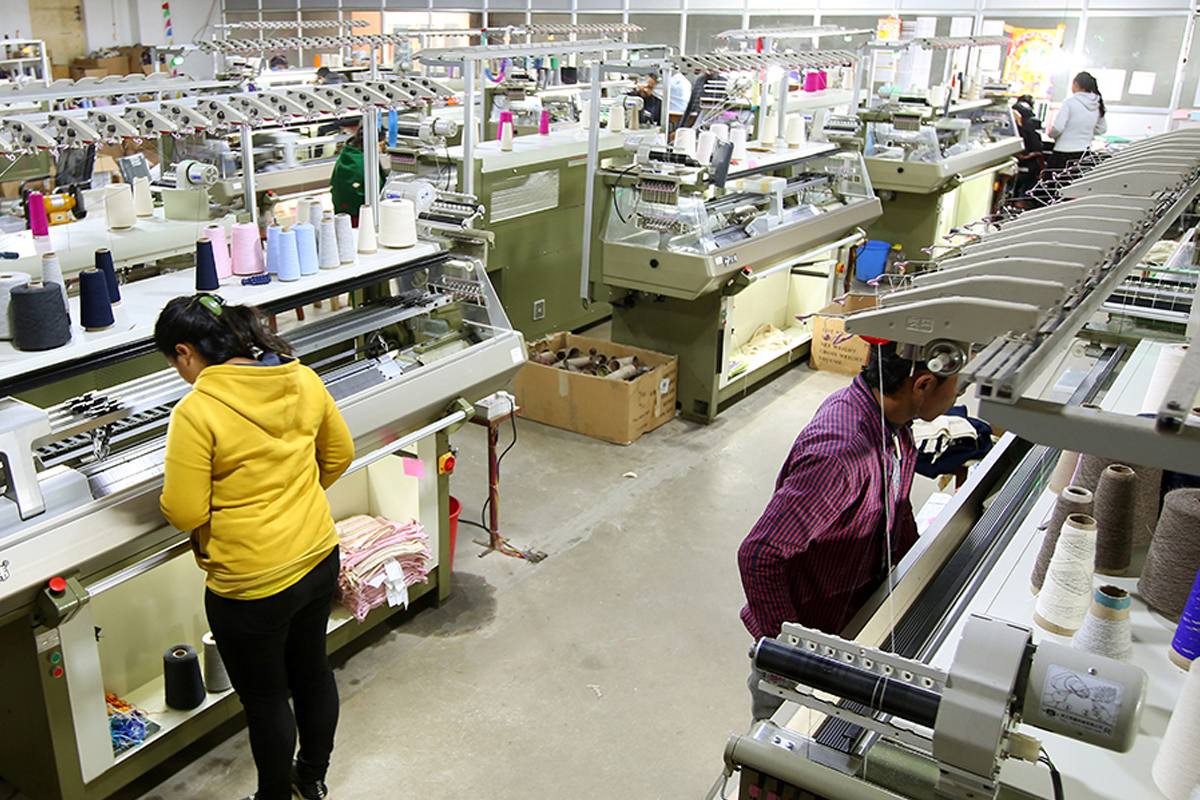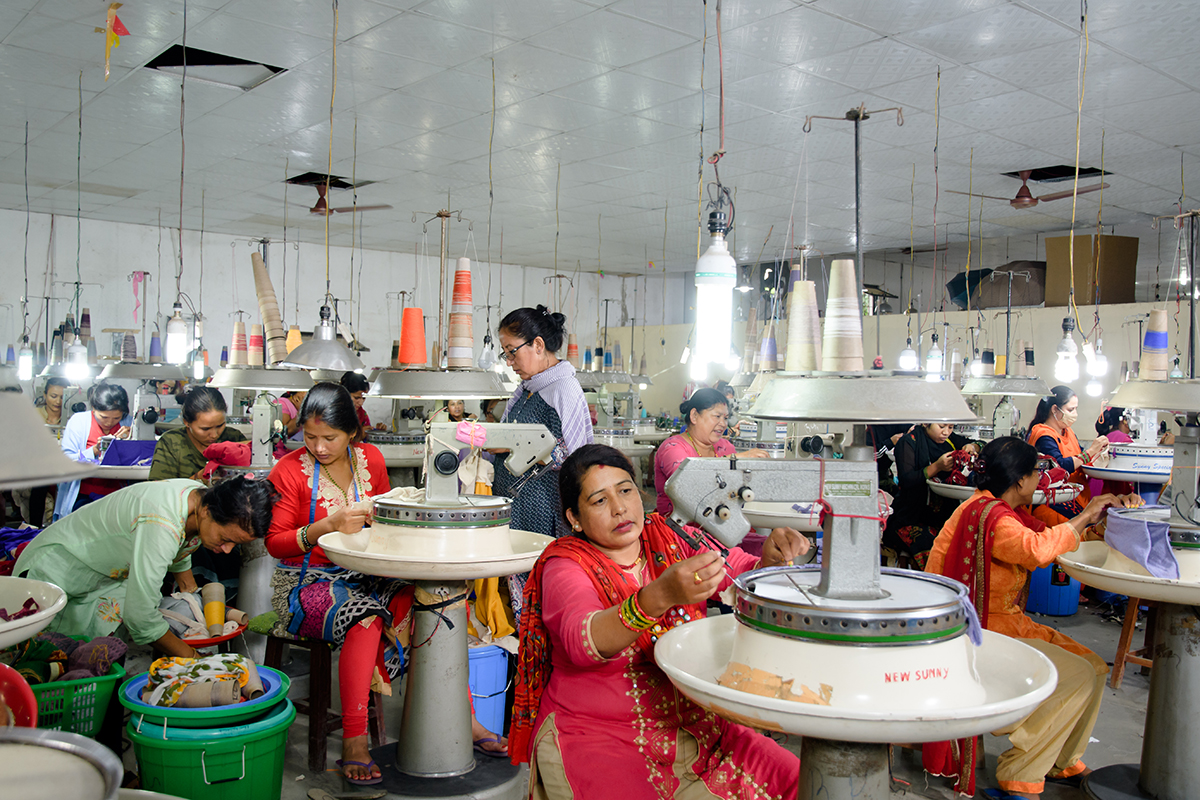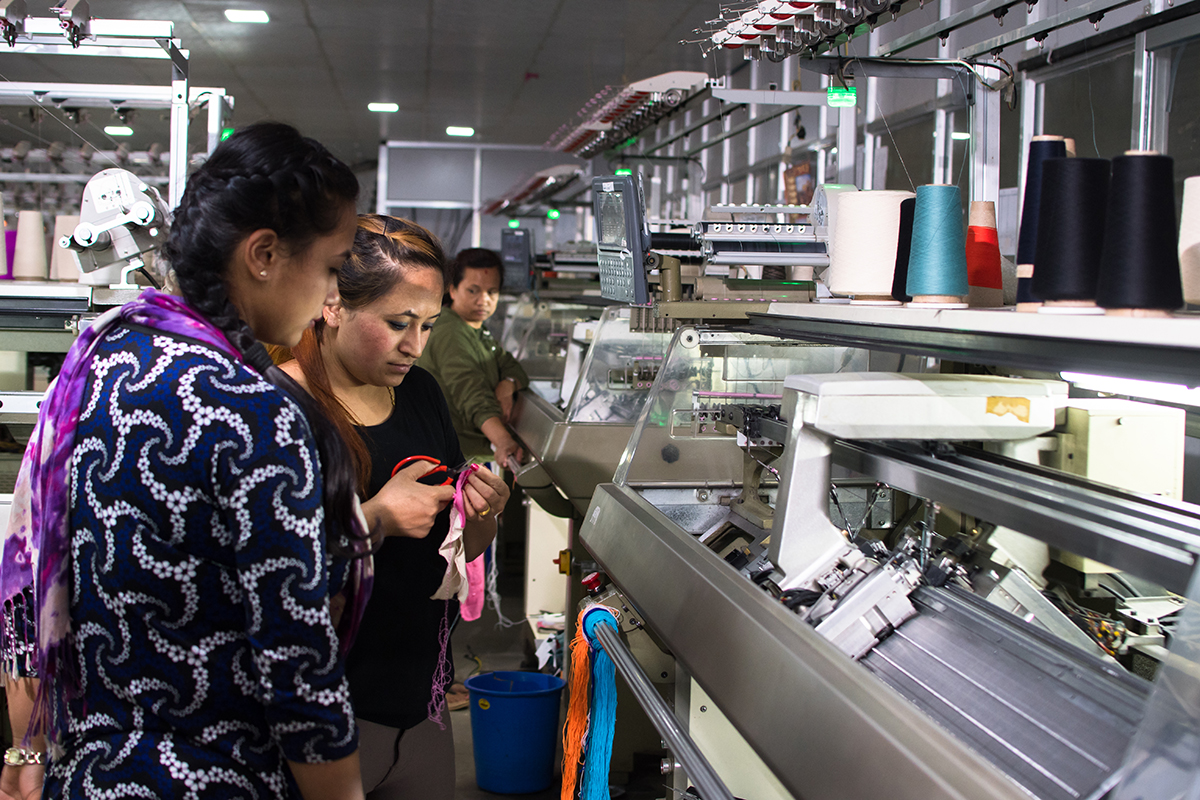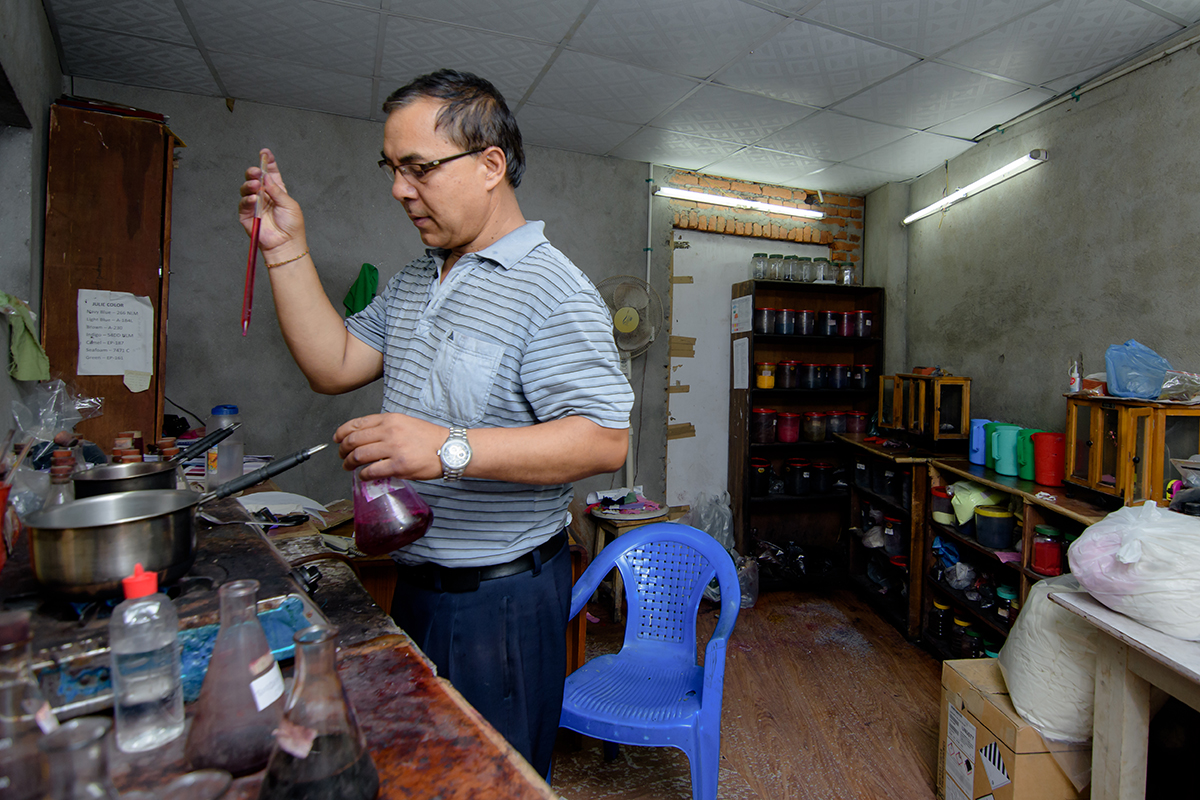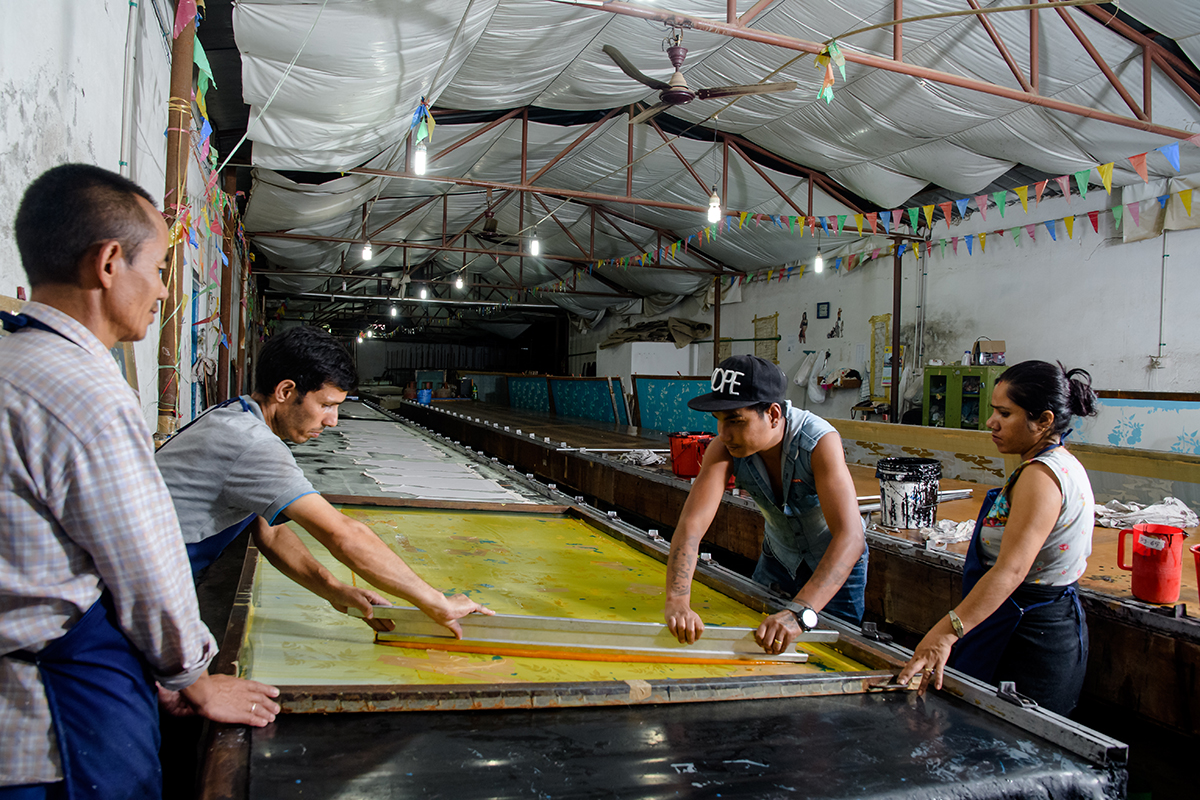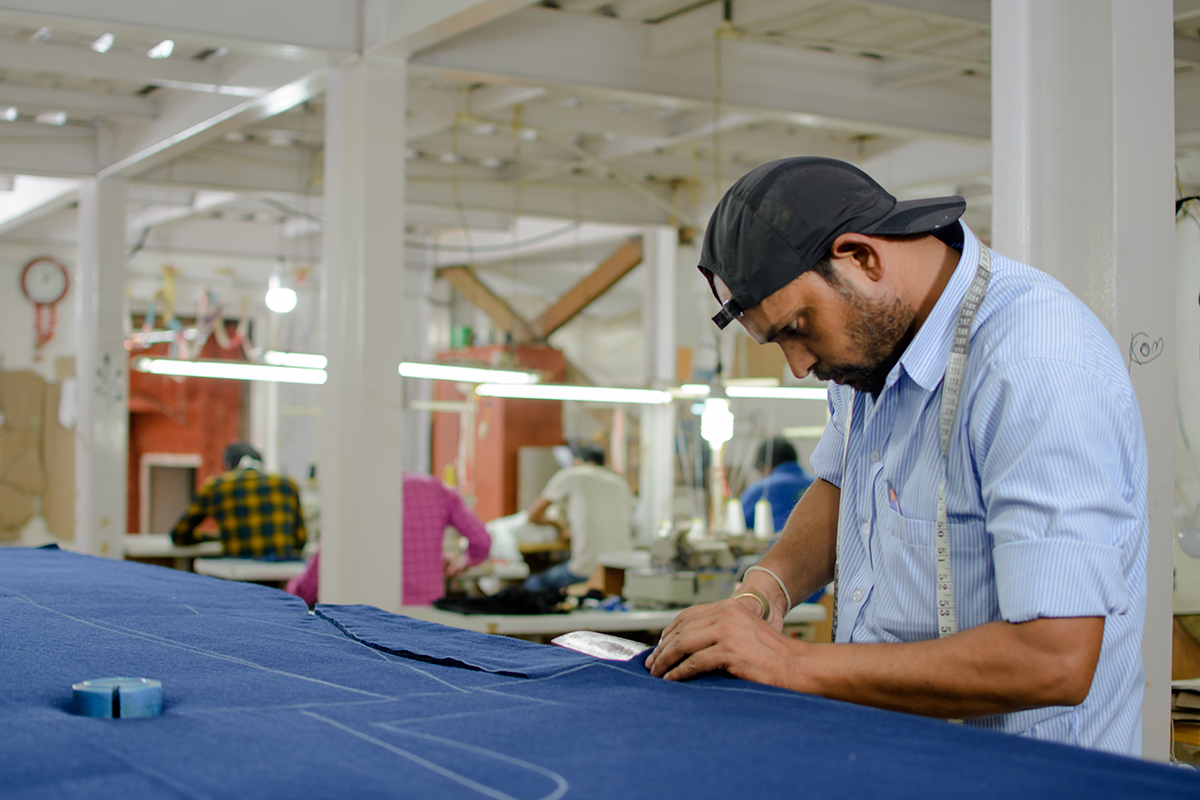

It gives me great pride to share, that we have been recognized as the No.1 exporting company in Nepal (including the “Pashmina / Cashmere Exporter of the Year”).
“Nepal Chamber of Commerce” and “The Handicraft Association of Nepal” have jointly felicitated us for 2022-2023. We are thankful to the governing bodies.
This is the 19th consecutive year, that we have received this Award.
The Pashmina / Cashmere industry has contributed its’ fair share to export figures in Nepal. We are proud to be associated with the Industry.
I am also proud to be associated with Everest Pashmina. The dedication and hard work of everyone involved makes each year worthy.
At the end of the year, I measure our success on what improvements have been made to the lives of the family members of all – involved with us.
We have been here long enough to see our employees’ children pass out schools and colleges.
Our success will be – that they will not come back to us.
Suresh Kumar Gurung
Everest Pashmina Knitting & Weaving Industry Pvt. Ltd
Cashmere Nepal Pvt. Ltd
March 2023

Exporter of the Year - 2022/2023
2020-2021 | 2019/20202018-2019 | 2017/2018
2016-2017 | 2015-2016
2014-2015 | 2013-2014
2012-2013 | 2011-2012
2010-2011 | 2009-2010
2008-2009 | 2007-2008
2006-2007 | 2005-2006
2004-2005 | 2003-2004
Pashmina
While we have many stories to tell, it is of the Pashmina that warps us the most.
Pashmina is the Nepali word for Cashmere. In Nepali folklore, analogies of the warmth of the wool are sung to the warmth of endeared love.
Throughout Nepal’s history – Cashmere wool has been sheared from the “Himalayan Chyangra” (the indigenous name of the Goat in Nepal). Nepal has her own trademark on Cashmere-namely “Chanygra Pashmina”.
In the Medieval ages – kings, aristocrats and nobles from the courts of the Ottoman empire to the Moguls of India were known to prize the wool. The wool was first discovered for the west by British officers of the Raj, in Kashmir valley – India, hence Cashmere.
We wove our first Pashmina shawl in the early 90’s. The warping with silk was an invention in Kathmandu valley. The elegant sheen of the cashmere-silk shawls, finished with hand knotted – tassels, caught attention of some traveling western designers , prominently – Barbara Constantinescu of the Bajra fame.
Shortly after, what we wove in our timeworn factories transmuted into a global fashion accessory.
Pashimna shawls and the cashmere manufacturing industry – has changed a lot since.
Today, Nepali pashmina shawls and cashmere knits are better known for the crafting details. Fashion houses, like Hermes and LVMH are known to produce their exclusive / premium cashmere and wool collections in Nepal.
This prestige has helped us. We have specialized as niche-high end producers. We have 350 employees.
We knit, weave, print (both hand silk screen and digital), dye, tailor, hosier to the highest standards of the Cashmere Industry.
Cashmere
Cashmere is known as the “Diamond Fiber”. For the conspicuous values add it delivers, quality standards are stringently regulated. Venerable standards – ISO 2648:1974, (Length Distribution parameter Electronic method, Fiber diagram machine fibers processed on the worsted system) , ISO 1136:1976 , (Mean Fiber Diameter Air Permeability), ASTM D 1282-96 (Average Diameter) , CCMI: Industry association – are notable. These collective measures promulgate the cachet of the material.
In spite of the globalization and the high street opulence of the finished product, cashmere is still sourced from villages – in the remotest steeps of the Himalayas to the far flung stretches of the Gobi desert, central Asia. Farmers rear the goat for husbandry, in small numbers house by house. The clip is sold once a year in the molting season (March / April) – to middlemen and traders – often as a supplementary income.
Before the economic liberalization of China in the 80-90’s, – industrialized cashmere spinning was done only in Italy and Scotland. Dehaired cashmere was exported to European mills. Today much of the world’s Cashmere is spun in its source, China and Mongolia.
The Worlds’ annual Produce of Cashmere is believed to be 8000 tonnes. 80% of it is from China and the rest from Mongolia, Nepal, Afghanistan and Iran. Nepal has her own trademark on Cashmere, namely – “Chanygra Pashmina”. Some of the best qualities of Cashmere come from the Himalayas of Nepal (and Tibet).
We still hand spin our Cashmere in Nepal. We also use yarns from all renowned spinners. From Italy to China.

